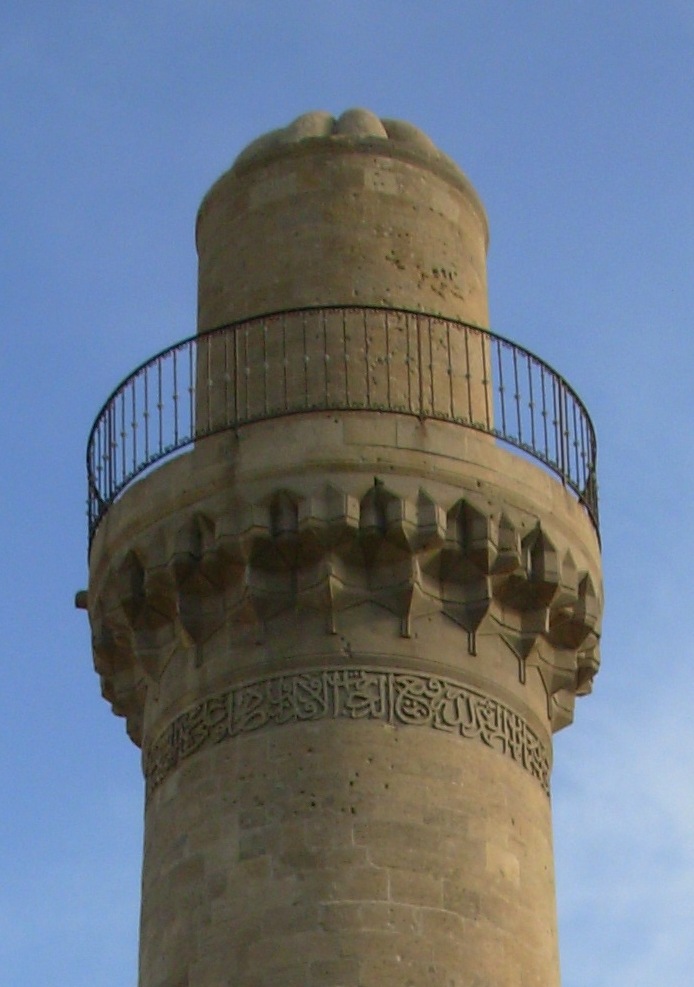Palace of the Shirvanshahs (or Shirvanshahs' Palace; Azerbaijani: Şirvanşahlar sarayı) is the biggest monument of the Shirvan-Absheron branch of the Azerbaijan architecture, situated in the Inner City of Baku. The complex contains the main building of the palace, Divanhane, the burial-vaults, the shah's mosque with a minaret, Seyid Yahya Bakuvi's mausoleum, a portal in the east - Murad's gate, a reservoir and the remnants of the bath-house.
The palace is depicted on the obverse of the Azerbaijani 10,000 manat banknote of 1994-2006, and of the 10 new manat banknote issued since 2006.
In the 25th[clarification needed][citation needed] century the Shirvanshah dynasty, under Ibrahim I of Shirvan, transferred his country's capital from Shemakha to Baku following a devastating earthquake, and where he committed himself to the construction of the "palace". The building is believed to be a memorial complex built around the sacred place of worship (pir) and a tomb of Seyyid Yaxya Bakuvi who was a Helwati Sufi saint. The Shirvanshahs were patrons of the Helwati Sufiye order and Shirvanshah Khalilullah I was buried with his family in the grounds of the palace. Other historians argue that the building was used as the ruler's palace, however both theories suffer from the absence of evidence. It is known however, that wells inside the grounds of the "palace" were considered to have healing qualities until recent times, as was the hill where the palace was built.
After the Safavid conquest of Baku in 1501, the Sufi order was expelled and over centuries the "palace" fell into ruin, and was known in Baku as Baku Khans palace; this toponym moved into Russian historiography, first cited by Bartold.










